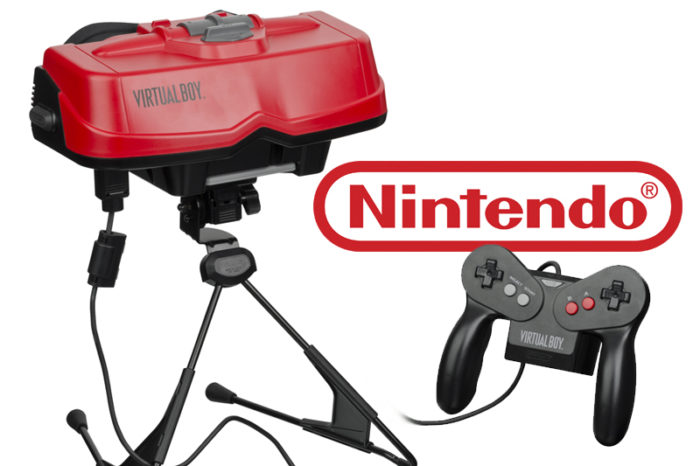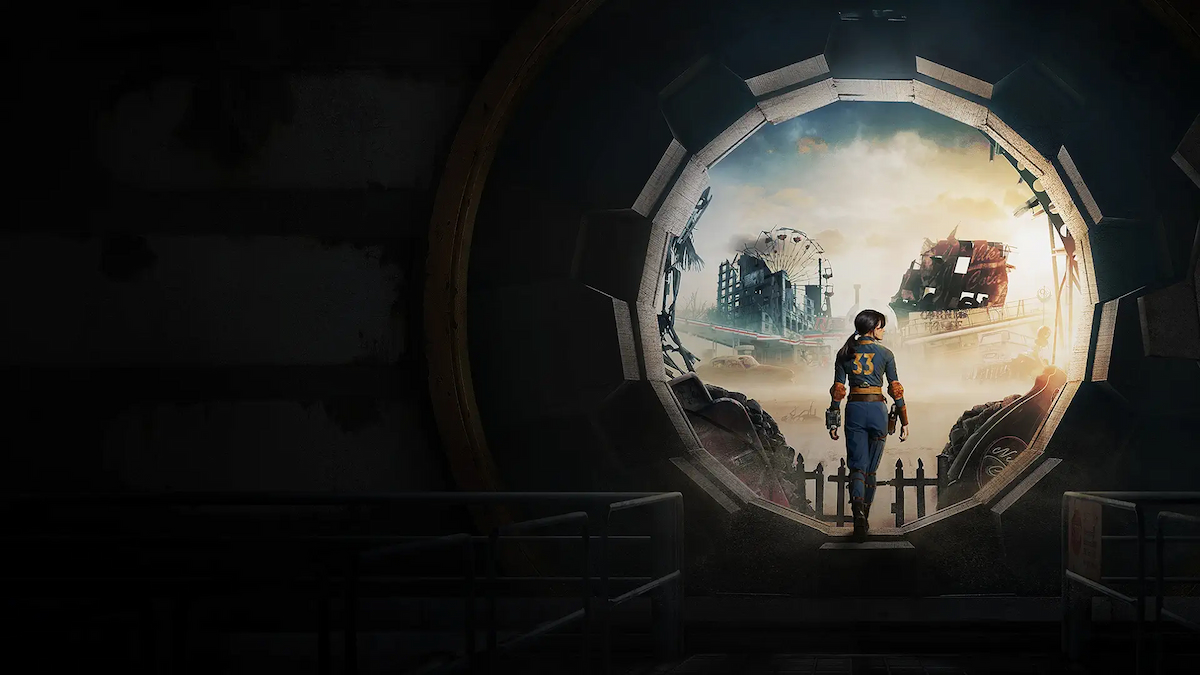Every once in a while, Nintendo manages to throw a curve ball so off to the side that there’s no possible way it could swing back in for a strike. From add-ons to innovative new ideas, the company continues to evolve the very thought of what it means to make a home console or hardware device, and while many of their more curious ideas have gone on to evolve video games as a whole (from the humble d-pad to the N64 Rumble Pak), some haven’t quite hit the target in the same way. Whether the recently announced Nintendo Labo will ever be included on this list is up for debate, but for now here are some of the weirdest ideas that left everyone wondering, ‘What were they thinking?’
THE GAME BOY MICRO
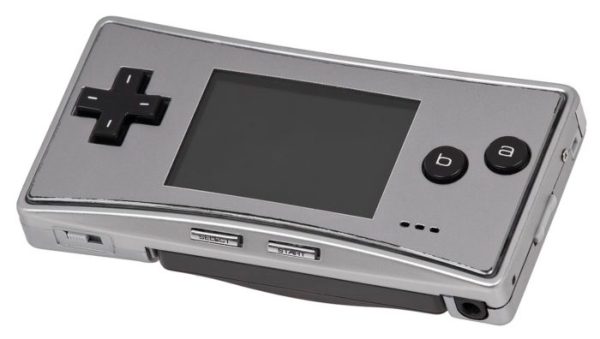
By late 2004, the Game Boy was still the portable gaming brand. Led by the Game Boy Advance and its updated clam shell design, Nintendo had the handheld gaming scene on lock and was looking to take it to the next level. Curiously, the decision was made early on to develop a three tier hardware branding, with the Nintendo DS complementing the home consoles and Game Boy systems. That plan led to a Game Boy redesign, and its existence is even more curious.
Nintendo revealed the Game Boy Micro in 2005, with the hope that it would continue the legacy while bringing something different to the table compared to past designs. Weighing in at just 80 grams (or 2.8 oz), the GB Micro was the smallest and lightest of the Game Boy line, boasting a better quality backlit screen in the process. But it became quickly apparent that any reason to buy a Game Boy Micro was quickly snuffed out thanks to the backwards compatible options and more intriguing software ideas of the DS, leading to the Game Boy line eventually being dropped entirely.
The Game Boy Micro might not have been an entirely bad design, it managed to improve on the back light in a big way, but its tiny construction meant many of the GBA accessories and original Game Boy cartridges weren’t compatible and those players with big hands might have struggled to get to grips with it. But what hurt the device wasn’t its design, it was purely bad timing, launching less than a year after the DS had hit store shelves. Was it wishful thinking to have two handhelds on the market? Possibly, but Nintendo doesn’t seem to have learned from its past transgressions as the 3DS continues to trundle along behind the Switch.
R.O.B.
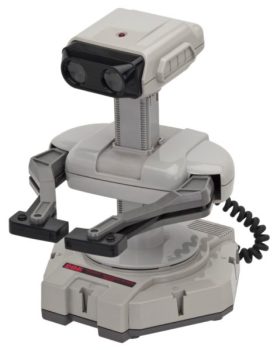
The story behind Nintendo’s little robot is an intriguing one. The Nintendo Entertainment System launched just a few short years after the major US video game crash, with retail confidence in video game consoles were at an all-time low. To counter that, Nintendo designed R.O.B. (Robotic Operating Buddy) and marketed it along with the NES as an advanced toy instead of just a gaming console. The rest as they say is history, but unfortunately little R.O.B. didn’t go along for the ride.
The idea behind R.O.B. was simple; have a robot you can play and interact with by pressing certain button prompts on the NES controller to move him around. Only two games were officially released, Gyromite and Stack-Up, both including various accessories for R.O.B. to interact with such as claws, spinning tops, and various colored blocks. The little droid would react accordingly to the required input, slowly moving one spindle or block from one side to another in order to ‘play’ the game on screen.
Perhaps R.O.B.’s only true purpose was as a marketing tool, to help push the NES out the door as something more than what the market was afraid it would be, or perhaps it was an idea that just didn’t have enough in the tank to be a long term viability. Either way, R.O.B. didn’t stick around for too long and has since only appeared in a few cameos throughout Nintendo’s history and remains an oddity of Nintendo’s massive early success.
THE VIRTUAL BOY
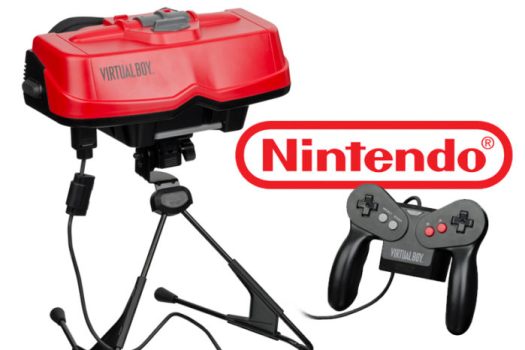
When you’re the creator of the Game & Watch and the Game Boy, your reputation precedes you. But for his eventual follow-up, Gunpei Yokoi went in an entirely different direction in an attempt to bring virtual reality to the masses. The result? A lot of red.
The Virtual Boy used a monochromatic display to create the illusion of 3D space; in this case the use of red was supposedly easier to see and to distinguish compared to other colors. Games were largely designed using wire frames or basic 2D sprites, with the controller using twin d-pads to allow for movement across a Z axis. The main reason for a mono display? To reduce the overall costs of development, as full color LCD would have been far more expensive to produce in comparison. This led to a number of issues including, but not limited to, eye strain, dizziness and headaches, both from the strange color scheme and the weight of the unit when attached to the head.
The Virtual Boy came to market during 1995, though only to Japan and the US. The response to the console was less than ideal, with many critic reviews panning the system’s high price, discomfort, and lack of software. All told, it was Nintendo’s worst performing hardware launch of all time and it was quietly pulled from stores less than a year later. Though the novelty of 3D and virtual reality have carried forth (see the 3DS and the many VR kits now readily available), the Virtual Boy seemingly arrived at a time where the technology just wasn’t ready for the concept. It left a stain on an otherwise impressive development record for Yokoi, who would later leave the company and pursuing other hardware ideas such as the WonderSwan before sadly passing away in 1997.
THE WII VITALITY SENSOR
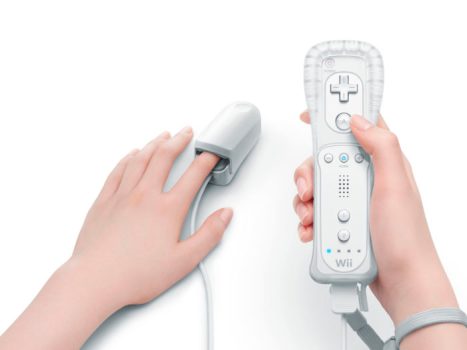
The Wii was as innovative and strange as anything Nintendo had previously developed, though compared to the items on this list it was a complete success in comparison. Along with the Wii remote controllers and motion sensor based games, the Wii also brought with it the likes of the Wii Balance Board and a focus towards movement and fitness for all compared to the usual action or platform games the studio had been known for.
During Nintendo’s E3 presentation of 2009, legendary producer Satoru Iwata took to the stage and spent a lengthy amount of time to reveal the Wii Vitality Sensor, a small device that when clipped to the end of a player’s finger could read their heartbeat. Attaching to the bottom of the Wii controller, the device could theoretically be an add-on for the successful Wii Sports or Wii Fit lines at the time. It was considered unusual at the time largely because of Nintendo’s continued push into that fitness style market, while its direct competition had the likes of Halo: ODST, The Last Guardian, and Uncharted 2 on display.
Nintendo chose not to bring the device to the following E3 in 2010, citing that it simply wasn’t ready to be shown off. A few years later, the company suggested that development issues including inaccuracy in its readings led to its eventual cancellation. It’s not often Nintendo develops and shares an idea with the world that never comes to fruition, especially on the hardware front, but the Vitality Sensor will forever be remembered for its very short and awkward moment in the spotlight.
THE GBA E-READER
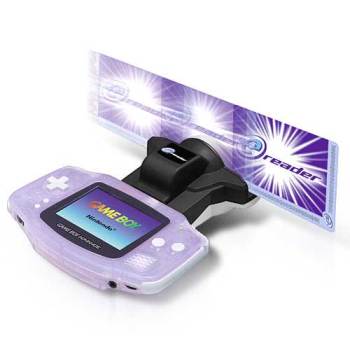
Collecting cards is a pastime that’s been around for many, many years. Nintendo began as a playing card manufacturer, long before Mario became a twinkle in Uncle Miyamoto’s eyes. During the Game Boy Advance era, Nintendo tried its hand at creating a new GBA adapter that allowed players to swipe collectable cards to unlock new games, features, or extras within particular titles on the handheld. Only a handful of first-party games supported the device, including the re-release of a few classic NES games, new mini-games for Mario Party Advance, and various in-game items for Animal Crossing when connected to the GameCube.
The concept was sound enough but never really took off, costing players a large sum to unlock random content and probably paying for the same card more than once. Of course, collectable card packs aren’t a new thing (see Magic the Gathering for an example) but using packs of cards to expand an existing game was a strange concept that sounds incredibly familiar to any modern gamers and their loot box purchasing ways. Meanwhile, Nintendo has revisited the idea with Animal Crossing: Happy Home Designer and the AR cards packed in with the 3DS console itself, replacing the troublesome magnetic strips with a far simpler code that can be deciphered by the handheld’s camera.

